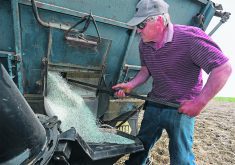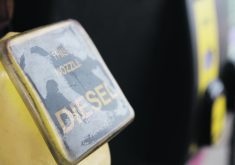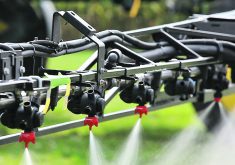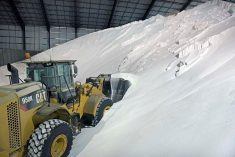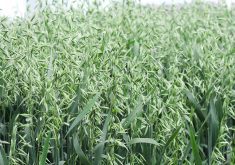Saskatchewan’s general farm group asks for price, supply transparency as input costs soar for cattle and grain producers
Saskatchewan’s general farm organization is raising the alarm over rising input costs and what they mean for next year’s crop.
The Agricultural Producers Association of Saskatchewan said 2021 was the most expensive year ever for grain and livestock producers, according to information from Statistics Canada. Farm cash expenses were more than $11.5 billion; that’s 11 percent higher than the previous year and the largest year-over-year increase since 2012.
The organization recently had fall district meetings and president Ian Boxall said cost of production is the top concern, along with uncertain supplies of fertilizer and other inputs.
Read Also
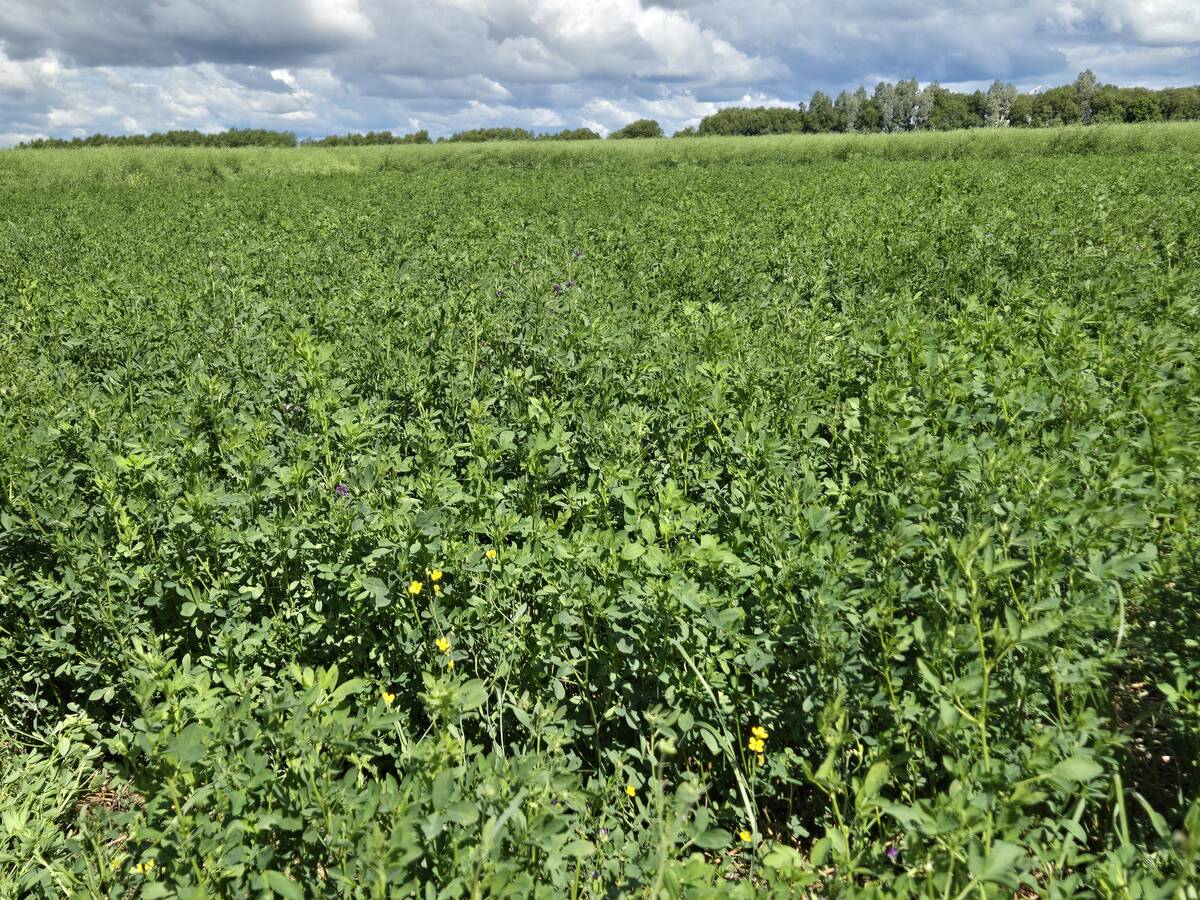
Manitoba Parkland research station grapples with dry year
Drought conditions in northwestern Manitoba have forced researchers at the Parkland Crop Diversification Foundation to terminate some projects and reseed others.
He said farmers can’t complain about strong commodity prices and most had an average to above-average year, except those in the drought area of the southwest and west-central. But they are worried about what will happen next year as they start pricing for the crop.
“If we see a decrease in the commodity prices of any substance, we will be not profitable at the farmgate,” he said. “How long can the prices stay where they are and Canada is still competitive in the marketplace?”
Costs are up across the board.
Diesel rose from about 97 cents a litre in 2020 to an average $1.35 per litre in 2021 and most of 2022. Glyphosate rose 62 percent per 10-litre jug and nitrogen has gone up significantly.
Boxall said inflation over the last five years has been about 14 percent but fertilizer, the largest annual expenditure for grain producers, is up 129 percent.
“I’d like the industry to tell us why,” he said.
The traditional link between natural gas prices and fertilizer costs has changed with a larger gap between the two, he said.
An APAS backgrounder said the average price for urea fertilizer in Ontario on Oct. 5 was $851 per tonne while in Alberta for September and October it was $1,124 per tonne. Boxall said supply chain disruptions shouldn’t be a factor as most of the fertilizer Saskatchewan farmers need is made in Western Canada.
“I don’t expect them to tell us exactly what their margin is,” he said. “But nothing lines up and farmers are concerned.”
He also said APAS wants the standing committee on agriculture in Ottawa to put some focus on what is driving input cost increases during its study on food prices.
APAS crunched the numbers after members said they were concerned about the lack of price and supply transparency and their inability to make essential decisions.
“Besides raising alarm bells, I think the other piece in this is, when you see the $11.5 billion on paper, that’s a big number,” Boxall added. “We’re a pretty big driver in the province’s economy.”
APAS plans to hold its annual general meeting in Saskatoon in early December.







